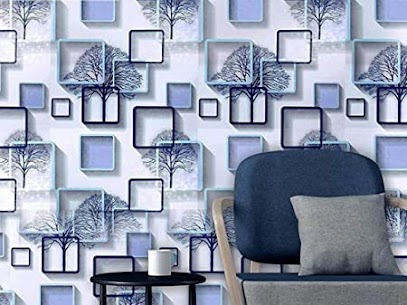Blog Detail
Let our experience work for you.- Home
- Blog Detail

At the opposite end, there was a chamber, or withdrawing room
- 2022-12-07
- VS Designo
A greater number of rooms, serving special needs and giving increased privacy, came into use, although the house was still not planned as a whole. The kitchen, buttery, and pantry were placed at the lower end of the hall beyond a carved timber or stone screen, which, in larger houses, supported a minstrel’s gallery. At the opposite end, there was a chamber, or withdrawing room, perhaps with a solar (upper room) above it, used as a bedroom or as a special apartment for the ladies. A guest room was occasionally provided. In the 13th and 14th centuries, the wardrobe was a room with presses for storing curtains, hangings, bed and table linen, as well as the clothing and materials needed by the members of the household.
Here sewing and tailoring were carried on, and the room became a combined workroom and storeroom, furnished with heavy, plain tables and chairs. Interior Designer In Chandkheda is very well known for this. In the kitchen, rotating spits and adjustable hooks for suspending cooking pots were fixed into a vast hooded or recessed wall fireplace. Plain but pleasing utensils of wood, copper, and iron were kept on hooks on the walls, and enormously solid tables stood on the stone or tiled floor, which was strewn with sawdust or rushes. In the hall, the rushes were mixed with fragrant herbs and helped to absorb some of the dirt, smells, and grease. By the 15th century plaited rush mats were common.
Typically replies within a day
